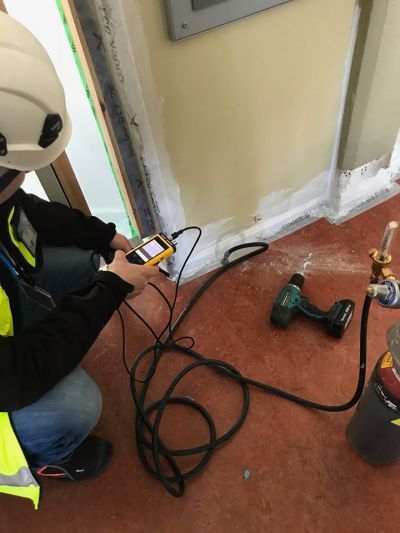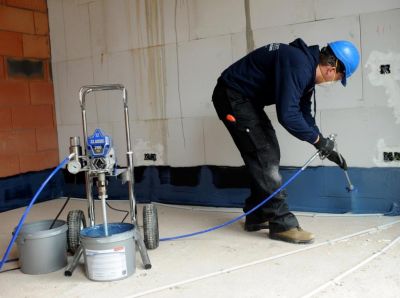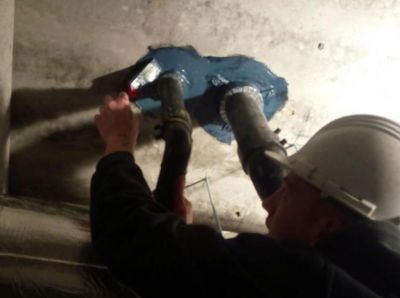Why ?
The arguments for permanent airtightness of a building or house cannot be ingnored. The loss of value of a property in short time is too high if airtightness is not taken care of.
- Cheapest way to safe on heating costs.
- Any ventilation system demands an airtightness level of n50 < 1, which implies a high of level of airltightness of the building or house.
- Higher comfort of living as cold air flows are avoided as well as humidity spots on internal walls.
All European countries including the UK are step by step implying airtightness norms to the passive standard which is n50 < 0,6. Not making a newbuild house airtight will, as a consequence, result in a major loss of value of the property in short term.
- England and Wales: Part L of the building regulations
- Scotland: Section 6 of the Scottisch Building regulations
- Northern Ireland: Part F of the Northern Ireland Building Regulations
EUROPESE NORMS
- Directive 20/20/20: 20% less CO² , 20% minder less energy consumption, 20% more renewable energy.
- European directive of energy performance of buildings, directive 2002/91/EC and 2010/31/EG.
How ?
In order to realise the permanent airtightness of a building or house, the outer shell needs to be airtight. The outer shell are all walls, roofs and other materials which are the barrier between inside and outside. Airtightness can be done in two ways. The first way is airtightning all the building connections from the inside before plaster works and before floor screed or floor insulation is applied. The combination of building connections made airtight with blowerproof coating, spray plaster on the walls and and an airtight roof construction, does the job to reach passive airtightness. The second way is the apply blowerproof coating on the the whole walls, after which insulation panels are installed and a facade finish. Then, spray plastre at the inside is not needed anymore.
Calculate budget
Calculate easily the cost for achieving a house or building made airtight. Productkost or installed by an approved applicator with airtight building guarantee.



